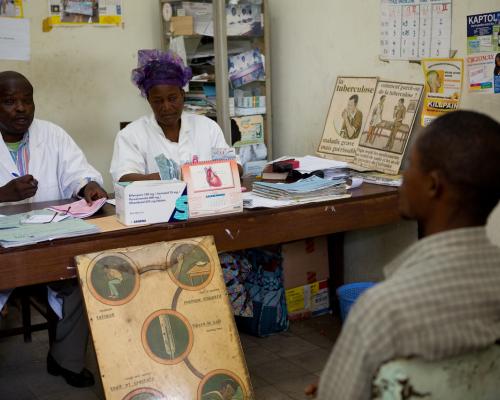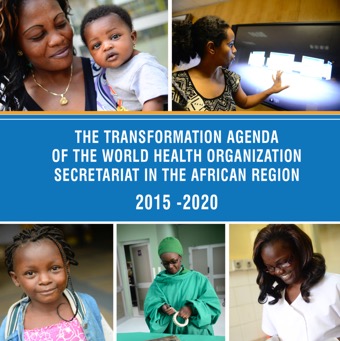All confirmed HAT cases require treatment. Available treatment can cure most patients, completely eliminating trypanosomes from the body. Treatment of cases suspected by serology depends on specific conditions set by national protocols, which usually set specific conditions defining a higher suspicion index.
The current treatment options include six medicines, all of which are donated by the manufacturers; WHO ensures their worldwide distribution free of charge.
Treatment choices are based on the causative trypanosome and the disease stage. The medicines for treatment of second stage must cross the blood–brain barrier and tend to be more toxic and complex to administer than first-stage medicines.
In 2024, WHO issued the guidelines for the treatment of human African trypanosomiasis.
Gambiense HAT can be treated with oral fexinidazole in first-stage and also non-severe second-stage, with some limitations of age and body weight and following some important specific rules to ensure efficacy. In first-stage, intramuscular pentamidine can be also used, and in second stage nifurtimox–eflornithine combination therapy (NECT).
Rhodesiense HAT must be treated without delay, because it can provoke multi-organ failure and progress to second stage within a few weeks. The recommended treatment is fexinidazole in first stage and second-stage. As second line and children below 6 years or less than 200 kg of body weight intravenous suramin is recommended in first stage, and intravenous melarsoprol in second stage.


